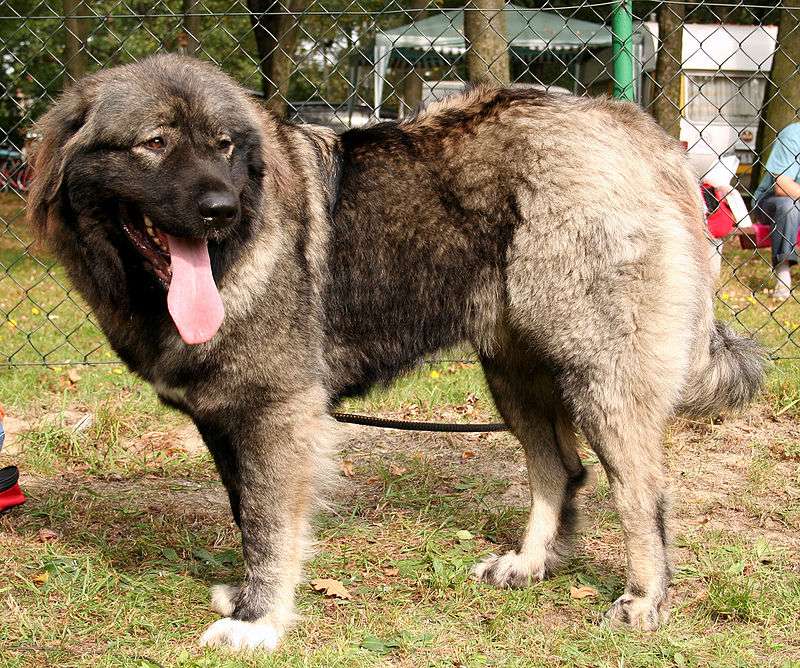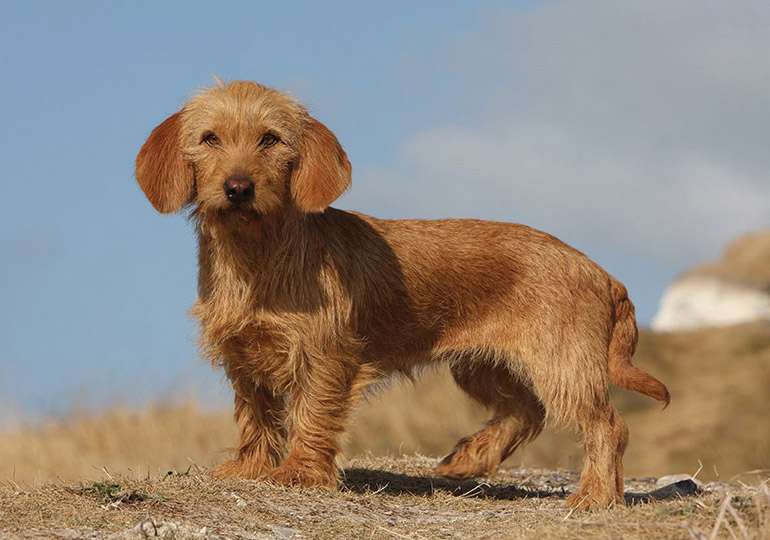
Large livestock guardian dogs called Caucasian Shepherd Dogs are indigenous to the Caucasus region, specifically Georgia, Armenia, Azerbaijan, Ossetia, Stavropol Krai, Krasnodar Krai, and Dagestan.
Appearance
The Caucasian Ovcharka is a big dog that typically weighs between 45 and 70 kg. For registration, animals must be 64 cm tall and 40 kg for horses and 68 cm and 50 kg for dogs, respectively. The recommended height at the withers is from 67 to 70 cm for bitches and 72 to 75 cm for dogs. Lifespan: The average lifespan is 10 to 11 years.
Care as a Pet/ In Captivity

Diet
A Caucasian shepherd should typically consume meat with a side of well-cooked rice or pasta, some vegetables, and a small amount of grated Grana cheese or ricotta to counteract the impact of football.
Give your dog fresh water at all times. Moreover, feed your dog a high-quality, nutritionally-balanced meal. It may be best to use one designed for large breeds, and feeding two measured meals daily is common. However, you should always go over the type of food and the quantity with your veterinarian. To avoid overeating, keep an eye on excess food and snacks.
Grooming
White Shepherd puppies shouldn’t get frequent baths. It is sufficient to wash them once a month or as necessary. Bathing them more regularly could harm both their skin and coat. Start out carefully when bathing them to prevent getting shampoo in their eyes or nose.
Exercise
Aim to give your dog at least an hour of activity every day through walks, playing fetch, running around in the yard, and other activities. Additionally, playing with puzzle toys might help you mentally exercise. Even if this breed doesn’t have a lot of energy, if you enjoy going on long walks or treks, it still has a tendency to have strong endurance. Because of its protective attitude and tendency for hostility toward strangers and even other dogs, Caucasian shepherds should always be kept on leashes or in securely gated areas.
Training
Although the Caucasian shepherd is bright, it may also be stubborn and independent when being trained. When the dog is young and more manageable, begin socialization and training at the same time.
Use only constructive training techniques. Additionally, follow through on your directions so that your dog understands that misbehavior won’t be tolerated. In order to assist with training and socialization as well as to calm the breed’s protective drive, which if left uncontrolled can result in aggression, owners who are new to the breed can frequently benefit from consulting with expert dog trainers and behaviorists.
Table





